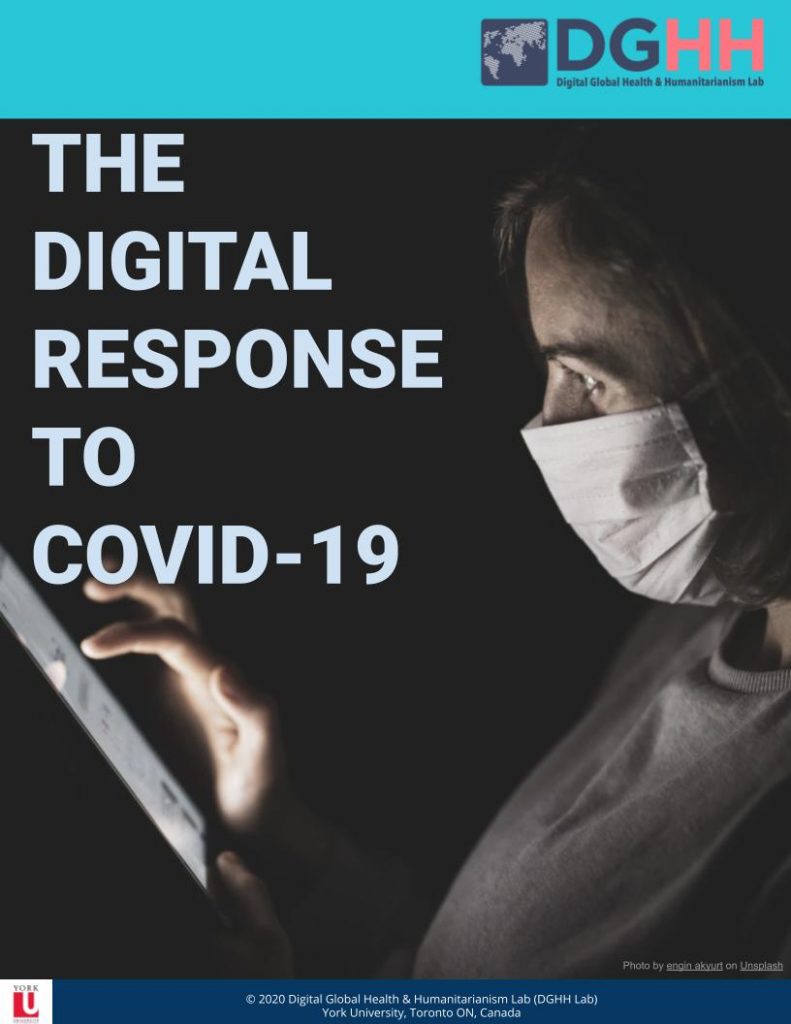Digital Response to COVID-19: Exploring digital interventions used by governments to monitor, support and control the public response to the pandemic
The coronavirus response has been a highly distributed global operation, where solutions are novel, ad-hoc, and widely varied around the world. Media coverage and early research offer a piece-meal attempt to generate an understanding of the digital response, but little research exists trying to capture the vast scope and scale nature of the digital response. This study aims to help fill the gap by focusing on four aspects of the digital response: 1) tracking the spread of the virus (contact tracing), 2) controlling social behaviour during the outbreak (social behaviour monitoring), 3) information gathering and dissemination about the virus (public communications), and 4) diagnosis and treatment (remote diagnostics & treatment). Across these four purposes, we analyzed aspects of digital technology including mobile (SMS, apps, data), web platforms, drones, telemedicine, and Artificial Intelligence (AI). For each theme, we provide a birds-eye view of the digital measures in use around the world and, if applicable, how some of these technologies work. We conclude by highlighting pertinent issues and opportunities raised with these interventions, as well as further areas of study. The research project is created through support from the Dahdaleh Institute for Global Health Research (DIGHR) at York University.
You can find our Digital Response to COVID-19 report on our publications page!

